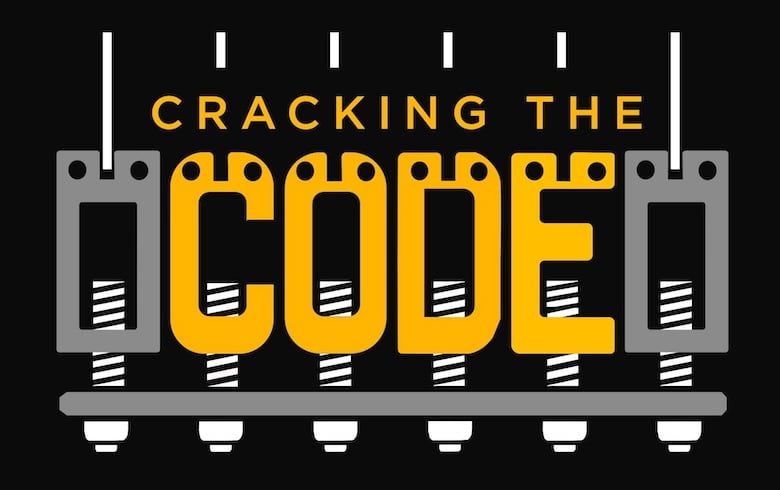Chapter 9 - Pentatonic Pickups

You've Hit Masters in Mechanics Material!
Just like those jackets in the '80s, this video is Members Only. Head on over to our signup page to get suited up.
Already a member? Sign in here.
But this was mechanical practice, and Eric’s playing was always relentlessly musical. One reason for this was meter — or, more appropriately, the lack thereof. Though these patterns were undoubtedly chunked into units of five and six in his mind, the way they overlayed the tempo of his compositions was almost always free- time. By intentionally avoiding rhythmic cues in the underlying song, the free-fall of Eric’s descending lead lines was conceptually distant from the almost mathematical structure of Yngwie’s single-string baroque patterning, and a world away from the rigidly metronomic triplet feel of the late ’80s shred players.
Another reason was phrasing. Eric rarely played the fives pattern unadorned. Instead, he drew upon a collection of short pickups, used as lead-ins to the fives pattern:
This ascending burst of pentatonic fanfare is like the sonic equivalent of Superman rocketing away from the phone booth. And it’s an instantly recognizable component of the lyrical Eric Johnson lead style. The initial downstroke on the D string root can be connected to the G string via sweep, or simply played as an independent downstroke with a tiny pause for dramatic effect. The next two strings of the motif, down-up on the G, and down-up on the B, lean on dwps for their efficiency. Dwps also powers the dramatic intervallic jump from the B string to the high E string. By effectively skipping one note on the way up — the index finger on the top string — Eric intensifies the upward movement of the phrase as it launches into the stratosphere.
This also means that the physical connection to the lick’s apex on the top string reuses the ring finger, by way of a barre from the final note on the B string. Separate fingers could be used, but it would be crowded. The barre is the most economical way of playing the same fret on adjacent strings, and it is almost always Eric’s fingering choice for this type of connection.
The descending side of the lick is then principally the fives pattern, exactly as we’ve seen it so far. Three repetitions of the pattern take the cycle to the D string, where Eric dispenses with the fives sequence altogether, and simply plays one repetition of the lower-octave pentatonic sextuplet chunk. Just as in the initial straight-line pentatonic scale solution, this chunk begins with a downstroke on the D string and finishes six notes later with an upstroke on the low E string. Following the chunk, Eric plants a definitive downstroke back again on the D string — skipping the A string in the process — to cap the phrase.
And thus, we have the classic fives lick. Its distinctive combination of ingredients — the pickup, the pattern, the chunk, and the cap — recurs so often in Eric’s improvisation that it is perhaps the single most representative example of his musical intentions. The lick’s trademark flow, darting quickly upward, then sequencing downward, is like climbing up a mountain, tumbling down the other side, and somehow — impossibly — landing surefooted at the bottom. Perhaps more so than any other single phrase in his lexicon, the classic fives lick perfectly encapsulates the drama and precision of the soaring Eric Johnson lead style.

